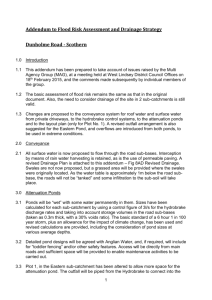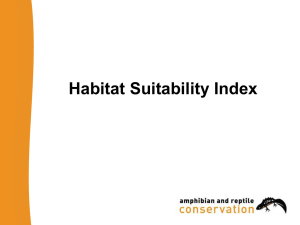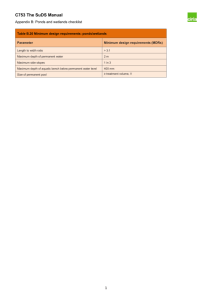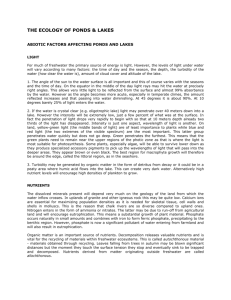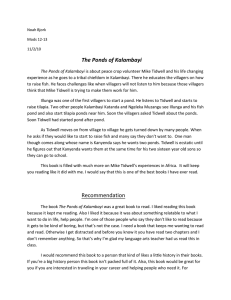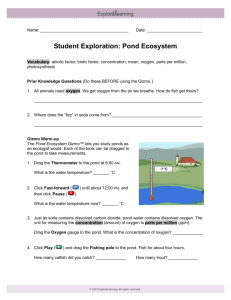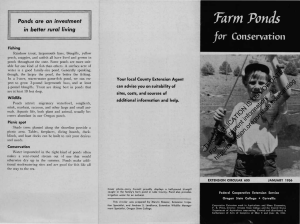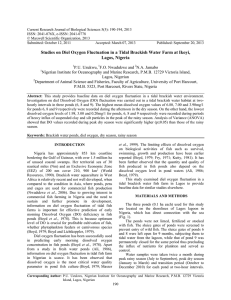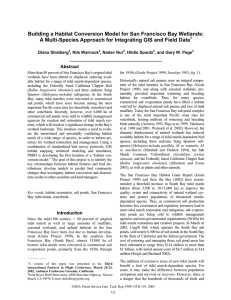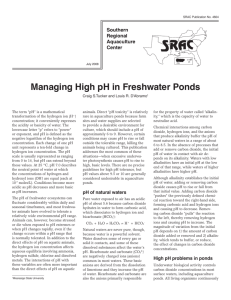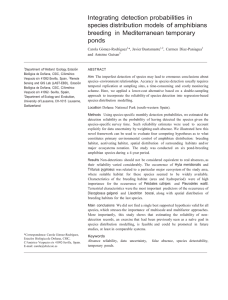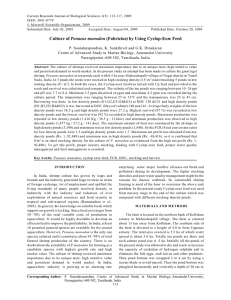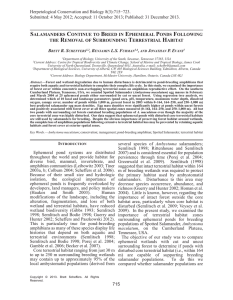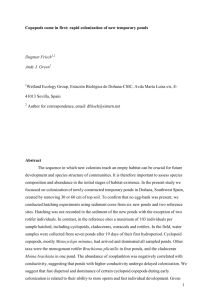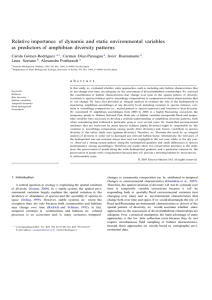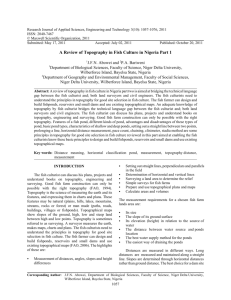Final Exam - Wildlife Ecology and Conservation
advertisement
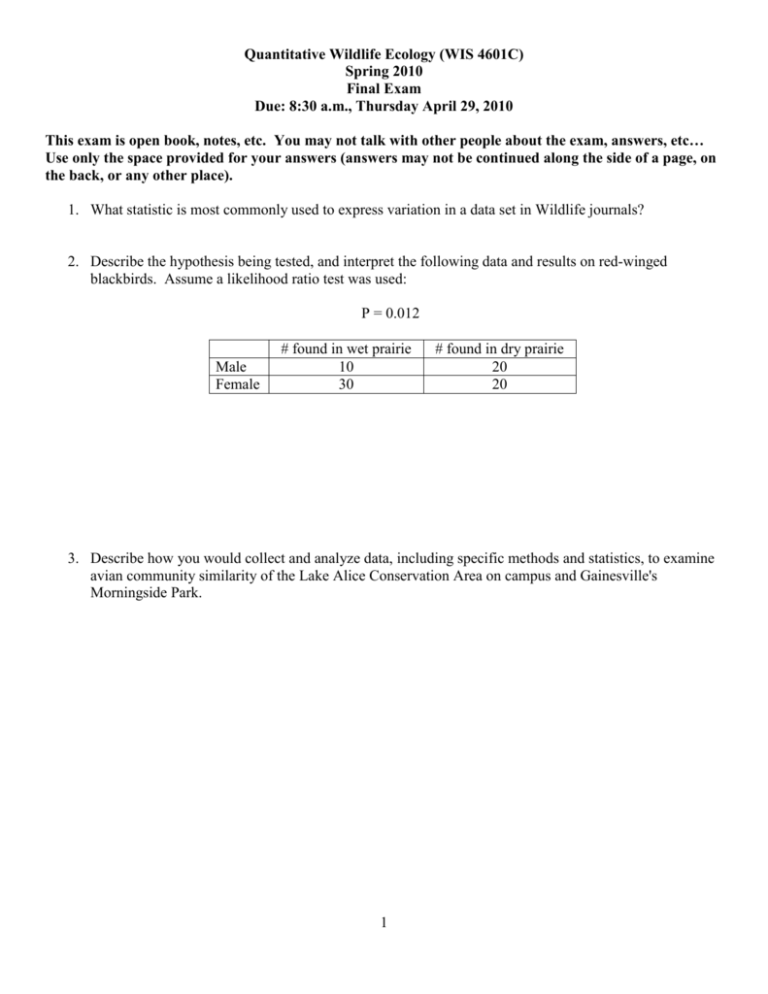
Quantitative Wildlife Ecology (WIS 4601C) Spring 2010 Final Exam Due: 8:30 a.m., Thursday April 29, 2010 This exam is open book, notes, etc. You may not talk with other people about the exam, answers, etc… Use only the space provided for your answers (answers may not be continued along the side of a page, on the back, or any other place). 1. What statistic is most commonly used to express variation in a data set in Wildlife journals? 2. Describe the hypothesis being tested, and interpret the following data and results on red-winged blackbirds. Assume a likelihood ratio test was used: P = 0.012 Male Female # found in wet prairie 10 30 # found in dry prairie 20 20 3. Describe how you would collect and analyze data, including specific methods and statistics, to examine avian community similarity of the Lake Alice Conservation Area on campus and Gainesville's Morningside Park. 1 4. What is the difference between sampling designs I and II for habitat selection studies, and how does this affect how selection is assessed? 5. Describe a method to obtain information on each of the following: an index to reproduction for female furbearers such as a raccoon; signs of parental care for a mourning dove and a black bear; and condition of a white-tailed deer. 6. What is the name of the technique used to determine protein content of a food item? 7. What is R2, what does it tell you, and for what test (be specific)? 8. Describe a census, survey, and index method of determining northern cardinal abundance in a 500 ha field. 9. What is statistical power and what 4 things affect it? 2 10. For what purpose and how are the following used: prism, spherical densiometer, and ocular tube. 11. Describe methods and how and why (i.e., relative to other methods that measure the same characteristic) you would use each to determine the salinity, percentage of wetland that is open water (i.e., lakes, ponds, bayous, and canals), percentage of open water that is bayous and canals or greater than 1.2 m deep in lakes and ponds, percentage of pond area with water ≥15 cm deep from May-September, percentage of substrate exposed at mean low tide from May-September, and pond density (ponds ≥0.2 ha). For American alligators nesting in a 10,000 hectare coastal marsh (half tidal and half non-tidal) study area with salinity less than 10 parts for thousand. Based on the information below, which part, tidal or non-tidal, of the study area is more suitable as alligator breeding cover, nesting cover, and overall habitat, and why (i.e., how do you “quantitatively” know?)? (The answer for Question 11 may go on to page 4). Habitat component % of wetland that is open water % of open water that is bayous and canals or greater than 1.2 m deep in lakes and ponds % of pond area with water ≥15 cm deep from May-September % of substrate exposed at mean low tide from May-September Pond (≥0.2 ha) density (#/ha) Tidal marsh 20 10 Non-tidal marsh 40 20 20 80 80 -- 10 0.33 3 4





